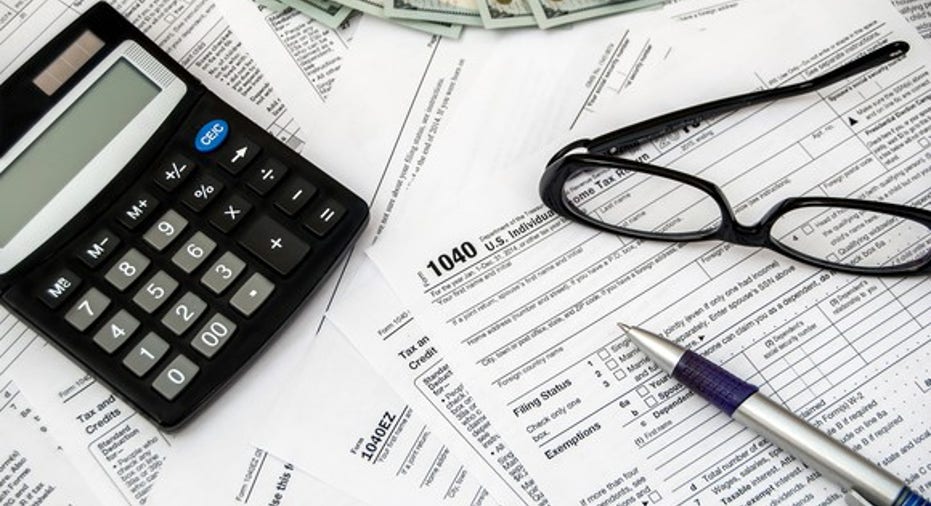What Is Tax Loss Harvesting?

Image source: Getty Images.
Investors hate to lose money. But with tax loss harvesting, you can at least get a tax benefit to help offset some of your losses. Tax loss harvesting involves selling a losing investment in order to generate capital losses that you can write off on your tax return. The current tax rules allow you to use capital losses to offset an unlimited amount of capital gains. If you have any capital losses left over after entirely offsetting your capital gains, then you can apply up to $3,000 of those remaining losses against other types of income, including wages and salaries.
Although many investors use tax loss harvesting strategies toward the end of the year, you can harvest tax losses at any time.
How much tax loss harvesting can save you
The amount of money you can save in taxes through tax loss harvesting depends on your tax bracket and the nature of the income you're trying to offset. For instance, the IRS taxes the profits you earn when you sell a stock or other investment, but different rates apply depending on how long you've owned the investment. For investments you've held for a year or less, short-term capital gains tax rates apply, which are higher than the long-term rates that apply to investments you've sold after holding for longer than a year.
Capital losses from tax loss harvesting are treated the same way. You can offset short-term gains with short-term losses and long-term gains with long-term losses. Then, if you have a loss in one category and a gain in the other, you can use the loss to offset the gain. Finally, any remaining amount is available to reduce other types of taxable income outside the investment realm.
Long-term capital gains tax rates run from 0% to 20%. Meanwhile, the same tax brackets that apply to regular income, like salary and wages, also apply to short-term capital gains, and they range from 10% to 39.6%. High-income taxpayers with short-term gains to offset can earn back almost two-fifths of their investment losses by taking the capital loss tax break.
One thing to watch out for
In order to harvest tax losses, all you have to do is sell the stock. However, you can't simply buy back the stock immediately thereafter. In order to comply with the wash sale rules, you have to stay out of the stock for at least 30 days following the sale. If you don't, then you can't harvest that tax loss. But once you wait out the period, then you can buy back the stock with no tax penalty.
The wash sale rule can make it difficult to harvest tax losses from a stock that you hope to rebound. By being out of the stock for roughly a month, you might well miss out on a sizable share-price gain. However, the IRS thinks these measures are necessary to prevent abuse of the tax loss harvesting strategy.
Suffering losses in your investments is never fun, but tax loss harvesting lets you get a little of your money back from the IRS. By knowing what you have to do in order to claim those tax losses, you'll be better prepared to cut your tax bill when tax season rolls around again.
This article is part of The Motley Fool's Knowledge Center, which was created based on the collected wisdom of a fantastic community of investors. We'd love to hear your questions, thoughts, and opinions on the Knowledge Center in general or this page in particular. Your input will help us help the world invest, better! Email us atknowledgecenter@fool.com. Thanks -- and Fool on!
The article What Is Tax Loss Harvesting? originally appeared on Fool.com.
Try any of our Foolish newsletter services free for 30 days. We Fools may not all hold the same opinions, but we all believe that considering a diverse range of insights makes us better investors. The Motley Fool has a disclosure policy.
Copyright 1995 - 2016 The Motley Fool, LLC. All rights reserved. The Motley Fool has a disclosure policy.



















